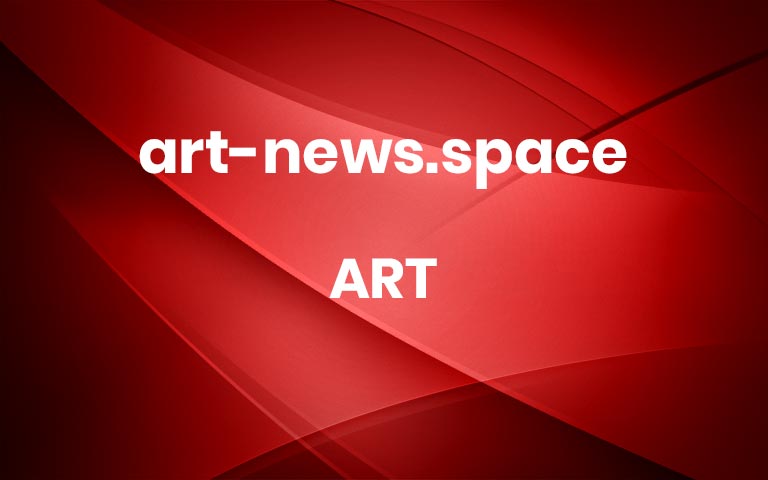Hangama Amiri Stitches Memories of Migration into Vivid Textile Portraits
“Man with Vase of Tulips” (2024), muslin, cotton, chiffon, velvet, polyester, silk, suede, and linen, 62.5 x 53.5 inches. All images courtesy of Hangama Amiri, shared with permission
Hangama Amiri Stitches Memories of Migration into Vivid Textile Portraits
September 16, 2025
Art
Grace Ebert
Share
Pin
Bookmark
Hangama Amiri translates fragments of her teenage years and family history into quilted portraits and tender tableaus. The artist, who resides in upstate New York and maintains a studio in Red Hook, is interested in recollection and the stories that make us who we are. “There’s an innocence and a special quality in revisiting and reminiscing those memories, especially that my family and I spent those years in migration across Central Asia,” she adds.
At just 7 years old, Amiri left her native Kabul and traveled to various countries before settling in Canada as a teenager. This itinerant experience continues to inform the artist’s work, particularly as she seeks to build a larger narrative about “women’s importance socially, politically, economically, and culturally.”
Detail of “Portrait of Kern Samuel at Yale Art Gallery” (2024), muslin, cotton, chiffon, silk, linen, and velvet, 52 x 34.5 inches
Amiri begins with a drawing that she slices into shapes and traces onto velvet, silk, polyester, and other textiles sourced from Afghan-owned shops, online sources, and the occasional gift from friends and colleagues. Once cut out, these individual pieces layer onto a muslin backdrop, creating vivid portraits and domestic scenes with visible seams. Doing so “adds another layer of mark-making and texture,” she shares, noting that she utilizes a machine for this final step.
Often focusing on the decorative elements of a space or a figure’s sartorial choices, Amiri captures a particular moment in time, highlighting a sense of familiarity and intimacy with her fleeting subject matter. Several works portray a meal shared among friends, while “Man with Vase of Tulips” depicts the titular character cradling a bouquet, a small photograph peeking through the cluster of vibrant flowers.
Although we don’t know the location—perhaps he’s sitting in Afghanistan, Canada, or elsewhere—the piece exudes a sense of longing, exemplifying the artist’s enduring interest in preserving and resurfacing moments otherwise bound to the past.
In addition to her quilts, Amiri has a neon sculpture on view at the John Michael Kohler Arts Center in Sheboygan, Wisconsin. She’s working toward several upcoming exhibitions this fall, including at the National Gallery of Canada, Konsthall C in Stockholm, and Paris International Art Fair. Follow along on her website and Instagram.
“Portrait of Kern Samuel at Yale Art Gallery” (2024), muslin, cotton, chiffon, silk, linen, and velvet, 52 x 34.5 inches
Detail of “Dastarkhwān” (2025), muslin, cotton, chiffon, canvas, denim, linen, silk, polyester, suede, inkjet-print on silk-chiffon, block-print, color-pencil, and acrylic paint on fabric, 77.5 x 54 inches
“Dastarkhwān” (2025), muslin, cotton, chiffon, canvas, denim, linen, silk, polyester, suede, inkjet-print on silk-chiffon, block-print, color-pencil, and acrylic paint on fabric, 77.5 x 54 inches
“Still-Life with Sushi and Red Wine” (2025), muslin, cotton, chiffon, linen, silk, polyester, suede, block-print, color-pencil, and acrylic paint on fabric, 47 x 64 inches
“Nakhoonak-e Aroos/ Bride’s Nail” (2022), neon and glass. Image courtesy of John Michael Kohler Arts Center
“Dominic Chambers with His Portrait Painting of Trevon Latin” (2024), muslin, cotton, chiffon, linen, velvet, denim, and silk, 52 x 42 inches
“Departure” (2022), muslin, cotton, polyester, clear vinyl, faux leather, chiffon, and found fabric, 68.5 x 85 inches
Do stories and artists like this matter to you? Become a Colossal Member now, and support independent arts publishing.
Hide advertising
Save your favorite articles
Get 15% off in the Colossal Shop
Receive members-only newsletter
Give 1% for art supplies in K-12 classrooms
Join us today!
$7/month
$75/year
Explore membership options
Previous articleNext article More


